Crafting Narratives That Resonate in Email Marketing
Storytelling is not just for bedtime; it's a game-changer for email campaigns too. So, grab a comfy seat, and let's have a look into how you can weave captivating stories into your emails, making them not only more engaging but also more memorable.
Why Storytelling?
Imagine you're at a party. Someone's droning on about their latest gadget purchase with all the technical specs—yawn. Then, someone else starts telling a hilarious story about how they got stuck in an elevator with a celebrity. Which one would you remember? That's the power of storytelling. It makes content relatable, emotional, and unforgettable.
In email marketing, storytelling transforms mundane promotional messages into compelling narratives that resonate with readers. It's about creating a journey, not just delivering a message. This approach can lead to better engagement, as people are naturally drawn to stories that evoke emotions and connect with their own experiences.
Setting the Scene
Just like any good story, your email needs a strong start. Take a page from Airbnb's playbook. They don't just say, "Here's a place to stay." Instead, they dive into local experiences, sharing stories of unique stays and the people who make them special. For instance, during Women's History Month, they highlighted influential women, creating a narrative that was both educational and inspiring.
Start your emails with a hook that grabs attention. Maybe it's a surprising fact, a question, or a teaser. The goal is to intrigue your readers and make them want to know more.
The Journey
Once you've hooked your readers, it's time to take them on a journey. This is where you can really dig into the meat of your story. TOMS excels at this by not just promoting their products but sharing the impact of their "One for One" initiative. They tell stories of the lives changed by their customers' purchases, making subscribers feel like they're part of something bigger (MailerLite).
Use the body of your email to build on your initial hook. Share details, experiences, and anecdotes that add depth to your story. Remember, this is where your brand's personality can shine!
3. The Resolution
Finally, wrap up your story with a strong call to action (CTA). This is your chance to guide your readers on what to do next. Whether it's making a purchase, signing up for an event, or simply clicking to read more, your CTA should be clear and compelling. Don't leave your readers hanging—tell them exactly what you want them to do.
Bonus Tip: The Open Loop
Ever watched a TV show with a cliffhanger ending? That's an open loop—a storytelling technique that leaves the story unresolved, compelling the audience to come back for more. You can use this in your email subject lines or body content to pique curiosity and encourage clicks. Just be careful not to overdo it, or you risk annoying your subscribers.
Storytelling in email marketing isn't just about being creative—it's about creating a connection. It's about making your readers feel something, whether it's excitement, curiosity, or a sense of belonging. By crafting your emails as stories, you can turn mundane messages into memorable experiences.
So, next time you're drafting an email, think like a storyteller. What's the story you want to tell? Who are the characters? What's the journey? And most importantly, how can you make your readers a part of that story?
Happy storytelling! 🎉




